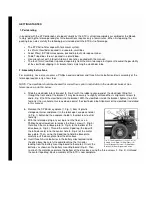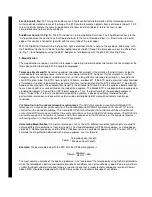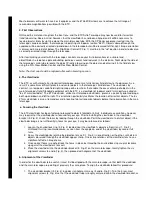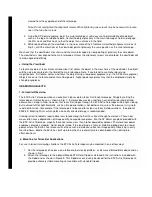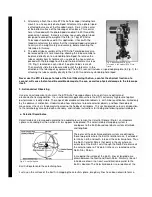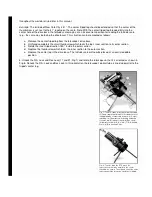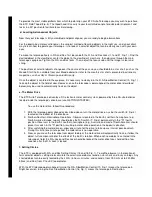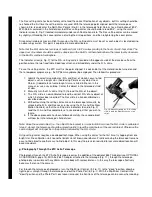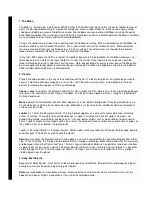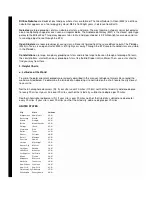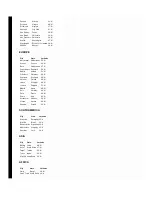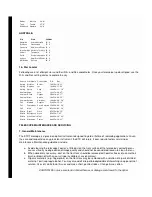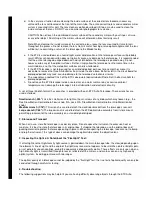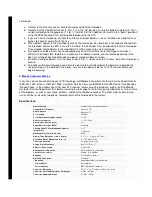
To provide the most stable platform from which to polar align your ETX Astro Telescope you may wish to purchase
the ETX Field Tripod (Fig. 5). The tripod head tilts easily to your local latitude angle for quick polar alignment, and
locks in a 90° position to facilitate terrestrial viewing.
d. Locating Astronomical Objects
Now that your telescope is fully assembled and polar aligned, you are ready to begin observations.
For the beginning amateur astronomer, the simplest method of locating objects in the night sky - and an excellent
way to learn how to operate your telescope - is to look at a celestial object that can be clearly seen with your own
eyes.
To move the telescope freely in R.A and Dec, first loosen both the R.A. and Dec Locks (11 and 21, Fig. 1). Find the
desired object in the viewfinder, center the object in the viewfinder's crosshairs, then observe through the main
telescope's eyepiece. Tighten the R.A. and Dec locks. Then, adjust the focus knob until the image is clear and
sharp.
The positions of celestial objects change over the course of the year, so you should obtain a star chart (such as the
Meade Star Charts, available from your Meade dealer) or refer to the monthly star charts presented in astronomy
magazines, such as
Sky & Telescope
and
Astronomy
.
Once the object is centered in the eyepiece, it is necessary to slowly turn the R.A. Slow-Motion Control (10, Fig. 1)
to keep the object in the field of view. However, once the telescope is polar aligned, the motor drive (described
below) may be used to automatically track on the object.
e. The Motor Drive
The ETX Astro Telescope is driven by a DC electronic motor control system, powered by three AA-size batteries
located inside the telescope's drive base (see GETTING STARTED).
To use the motor drive, follow this procedure:
1. With the telescope polar aligned as described above, turn the motor drive on, using the switch (8, Fig. 3)
located on the bottom of the drive base.
2. Northen/Southern Hemisphere Operations: Observers located in the Earth's northern hemisphere (e.g.,
North America, Europe, Japan) should place the N-S switch (7, Fig. 3) permanently in the "N" (north)
position. Observers in the Earth's southern hemisphere (e.g., Australia and most of South America) should
place this switch in the "S" position, resulting in motor drive operation in the opposite direction.
3. After switching the motor drive on, allow one minute for the drive to take up any internal gear-backlash.
During this initial one minute period, the motor drive is non-operative.
4. Now, as you move the telescope from object to object, the motor drive will automatically track, or follow, the
object, fully compensating for the effects of the Earth's rotation. When each new object is centered in the
telescope's field, the R.A. Lock and Dec Lock should be locked; the motor drive takes hold within a few
seconds after the R.A. Lock is locked.
f. Setting Circles
The ETX is equipped with R.A. and Dec Setting Circles (15 and 18, Fig. 1). To aid the observer in the location of
faint celestial objects, setting circles emulate the celestial coordinates found on star charts and in sky catalogs. Any
charted object can be easily located by their R.A. (in hours, minutes, and seconds, from Oh 0m 0sec to 23h 59m
59sec) and Dec (from 0° to ±90°) coordinates.
With the ETX telescope polar aligned, turning the R.A. SlowMotion Control (10, Fig. 1) moves the telescope in
Right Ascension; turning the Dec Slow-Motion Control (16, Fig. 1) moves the telescope in Declination.
Summary of Contents for ETX Series
Page 20: ......


